Flood damage is excluded under standard homeowners and renters insurance policies. Flood coverage, however, is available in the form of a separate policy both from the National Flood Insurance Program (NFIP) and from a few private insurers.
Q: My home is NOT on the beach or the waterfront. Why do I need flood insurance?
A: The number of floods in New Jersey have increased each of the past few years due to rising sea levels and the increasingly northern reach of hurricanes caused by rising temperatures in the atmosphere and oceans. More and more places that have never had a flood before, have experienced flooding in recent years. While in the past, those who didn’t own a waterfront or beach home may not have had to worry about flooding, but that’s no longer the case. At Glenn Insurance, we know about the risks from floods, and we are happy to discuss whether flood insurance is right for your property.
Q: Does my homeowners insurance policy cover damages to my property from floods?
A: No. Flood damage is excluded under standard homeowners and renters insurance policies. Flood coverage, however, is available in the form of a separate policy both from the National Flood Insurance Program (NFIP) and from a few private insurers.
Q: What is the NFIP and how does it work?
A: Congress created the NFIP in 1968 in response to the rising cost of taxpayer-funded disaster relief for flood victims and the increasing amount of damage caused by floods. The NFIP makes federally backed flood insurance available in communities that agree to adopt and enforce floodplain management ordinances to reduce future flood damage. The NFIP is self-supporting for the average historical loss year. This means that, unless there is a widespread disaster, operating expenses and flood insurance claims are financed through premiums collected. (See below for more).
- Foundation walls, anchorage systems, and staircases
- Electrical and plumbing systems
- Furnaces and water heaters
- Personal belongings such as clothing and furniture
More About the NFIP
Congress created the NFIP in 1968 in response to the rising cost of taxpayer-funded disaster relief for flood victims and the increasing amount of damage caused by floods. The NFIP makes federally backed flood insurance available in communities that agree to adopt and enforce floodplain management ordinances to reduce future flood damage. The NFIP is self-supporting for the average historical loss year. This means that, unless there is a widespread disaster, operating expenses and flood insurance claims are financed through premiums collected.
The NFIP provides coverage for up to $250,000 for the structure of the home and $100,000 for personal possessions. Private flood insurance is available for those who need additional insurance protection, known as "excess coverage,” over and above the basic policy or for people whose communities do not participate in the NFIP. Some insurers have introduced special policies for high-value properties. These policies may cover homes in noncoastal areas and/or provide enhancements to traditional flood coverage. The comprehensive portion of an auto insurance policy includes coverage for flood damage to a vehicle.
If you have any questions regarding flood insurance, please contact our office.

 Get a Quote
Get a Quote